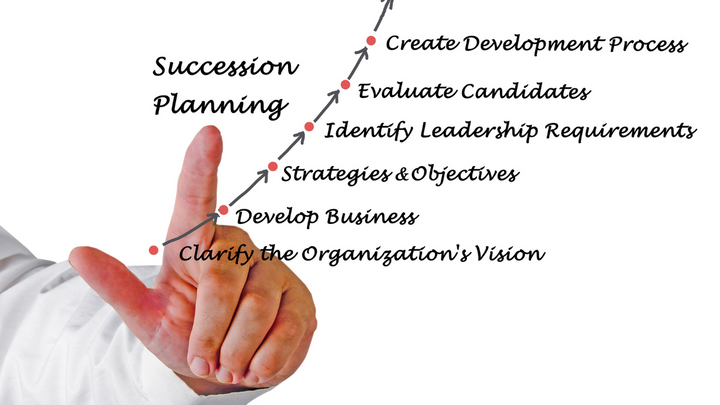The Power of Mental Models in Problem-Solving

Originally published here
How to build a mental model for success
Building a mental model to assess the problem and solve it systematically and properly is a critical skill that can help you become more efficient and effective in tackling any challenge that comes your way. Whether you are a student trying to understand a complex concept, a professional working to solve a difficult problem, or simply someone looking to make better decisions in your personal life, having a mental model can be a valuable tool.
So, what is a mental model, and how can you build one?
A mental model is a framework or set of concepts that helps us understand and make sense of the world around us. It can be thought of as a kind of map that we use to navigate the complexities of life and make informed decisions. Mental models can be used to understand everything from simple concepts, like how a car engine works, to more complex ideas, like how a financial market operates.
Building a mental model is a process that involves gathering and organizing information, analyzing and synthesizing it, and then using that knowledge to make informed decisions. It’s a dynamic process that requires us to constantly learn and adapt as new information becomes available.
There are several steps you can take to build a mental model to assess the problem and solve it systematically and properly:
1. Identify the problem
Defining the problem you are trying to solve is the first step in building a mental model. It requires taking a step back to carefully identify the problem’s root cause and better understand why it exists. Demonstrating an understanding of what needs to be accomplished enables one to develop an approach that is best suited for solving it, resulting in achieving a resolution quickly and efficiently. Mental models help guide decision-making and ensure that you have clarity on the goal at hand.
2. Gather information:
Once you have identified the problem, the next step is to gather as much information as possible about it. This may involve researching the topic, asking experts for input, or simply reflecting on your own experiences and observations. Also, it is important to understand the context in which the problem exists. This includes understanding the people, processes, and systems involved and any external factors that may be influencing the problem.
3. Analyze and synthesize the information:
After you have gathered all the information, the next step is to analyze and synthesize it. This involves breaking down the information into smaller pieces, examining each piece individually, and then putting it back together to form a cohesive understanding of the problem.
There are several strategies you can use to analyze and synthesize information effectively:
- Take notes: One of the most effective ways to analyze and synthesize information is to take detailed notes. This can help you organize the information in a way that makes sense to you and allows you to see the big picture.
- Create mind maps or diagrams: Visual tools like mind maps or diagrams can be very helpful in analyzing and synthesizing information. They allow you to see the relationships between different pieces of information and understand how they fit together.
- Ask questions: As you analyze and synthesize the information, it can be helpful to ask questions to deepen your understanding. This might include asking about the assumptions underlying the information or the implications of certain pieces of data.
- Look for patterns: Another effective strategy is to look for patterns in the information. This can help you identify trends or commonalities that can provide insight into the problem you are trying to solve.
- Seek input from others: It can also be helpful to seek input from others as you analyze and synthesize the information. This might include consulting with experts in the field or simply asking friends or colleagues for their perspectives.
How to Make Smart Decisions for You, Your Team, and Your Business
4. Develop a solution:
Once you thoroughly understand the problem, the next step is to develop a solution. This may involve brainstorming ideas, testing different approaches, or seeking input from others.
There are several key considerations to keep in mind as you develop a solution:
1. Consider all options: It is important to consider all potential options for solving the problem rather than simply jumping to the first solution that comes to mind. This may involve brainstorming with others or simply taking some time to think through the different possibilities.
2. Evaluate the pros and cons of each option: Once you have identified a range of options, the next step is to evaluate the pros and cons of each one. This can help you determine which option will most likely be effective and sustainable.
3. Seek input from others: It can be very helpful to seek input from others as you develop a solution. This might include consulting with experts in the field or simply asking friends or colleagues for their perspectives.
4. Test the solution: Before implementing the solution on a larger scale, it can be helpful to test it on a small scale to see if it is effective. This can help you identify any issues that need to be addressed before rolling it out more widely.
5. Be flexible: As you implement the solution, be prepared to adapt and adjust as necessary. Things may not always go as planned, and being open to making changes can help ensure that you find an effective and sustainable solution.
By following these steps and being open to adapting and adjusting as necessary, you can develop a well-thought-out solution and has a good chance of success. This will help you build a mental model based on a solid foundation that can serve you well in any situation.
5. Implement the solution:
The final step is to put your solution into action. This may involve implementing it on a small scale to test its effectiveness or rolling it out on a larger scale if it proves successful.
There are several key things to consider as you implement the solution:
1. Communicate the solution: It is important to clearly communicate the solution to those who will be affected by it. This may involve presenting the solution to your team or organization or simply explaining it to individuals impacted by it.
2. Set benchmarks: To track the solution’s effectiveness, it can be helpful to set benchmarks or goals that you can measure against. This can help you determine whether the solution is having the desired impact and identify areas where it might need to be adjusted.
3. Monitor progress: As you implement the solution, it is important to monitor progress continuously and make adjustments as necessary. This may involve tracking the results of the solution and identifying any issues that arise.
4. Seek feedback: Seeking feedback from those affected by the solution can be very helpful in understanding how it works and identifying areas for improvement.
5. Be prepared to adapt: Finally, be prepared to adapt and adjust the solution as necessary. Things may not always go as planned, and being open to making changes can help ensure that you find an effective and sustainable solution.
By following these steps and being open to adapting and adjusting as necessary, you can effectively implement the solution and build a mental model based on a solid foundation that can serve you well in any situation. So, these are the steps you need to follow to build a mental model to assess and solve the problem systematically and properly.



Comments ()